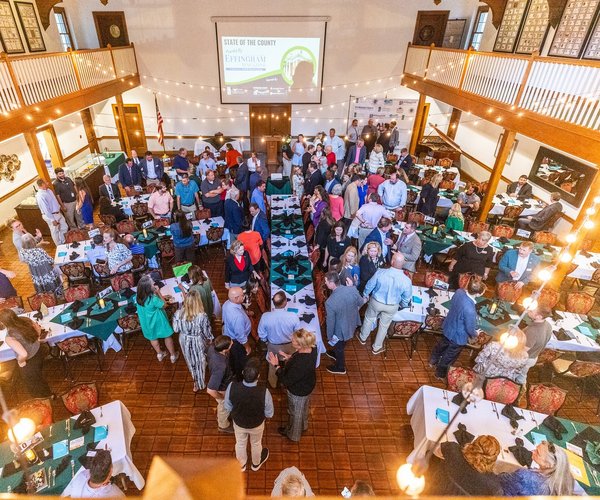By Jennifer Steele
When I was a teenager, returning to school in the fall was one of my favorite times of year. Sure, I loved the wide-open expanses of summer, but I was most excited about returning to a daily routine with my friends, the crisp smell of school supplies, the sheen of new school shoes, and, most importantly, the excitement of new teachers and subjects to learn, bending our brains into unventured territories.
But for some students, going back to school is fraught with anxiety and dread. That is especially true of children who suffer from traumatic stress, like the girls I work with at Tharros Place, a nonprofit providing residential services for girls ages 12 to 17 who are survivors of human trafficking. Such children have been exposed to one or more traumas over the course of their lives and develop reactions that persist and affect their daily lives after the events have ended.
The fact is that one out of every four children attending school has been exposed to a traumatic event that can impact learning and/or behavior.
Traumatic events can include bullying; physical-, sexual-, or psychological abuse; life-threatening illnesses; community violence; natural disasters; or military family-related stressors. Children who have experienced such trauma are more likely to have higher rates of school absences, poorer reading ability, physical problems like headaches or stomach aches, or impulsive behavior. They also may be prone to risky behavior like drug- or alcohol abuse or unsafe sex.
Whatever the traumatic events are, there are ways to help a child who has been traumatized. Dr. Bruce Perry, an American psychiatrist and senior fellow of the Child Trauma Academy in Houston, Texas, developed the three Rs as a guide for how to help vulnerable children learn, think, and reflect. They are as follows:
Regulate. It is important to maintain usual routines and increase the level of support and encouragement given to the traumatized child. Offering comfort and reassurance – as well as a return to “normalcy” – signals to the child that they are safe and are able to continue on with life.
Relate. One way to connect with a child is to not only provide a safe space for them to talk about what has happened, but let them know it is okay to do so. It also helps to give a traumatized child choices when appropriate, as often traumatic experiences involve the loss of control and invoke chaos. This validates the child’s feelings, so they know they are seen, heard, and understood.
Reason. Children need support to become self-assured, but this requires boundaries and clear, firm limits. Develop logical rather than punitive consequences for inappropriate behavior to create structure, consistency, and feelings of safety.
The sad reality is that many children and teenagers experience trauma which impacts their ability to learn in school. We must take a trauma-informed approach as we prepare for back-to-school utilizing the three Rs, useful both for traumatized and non-traumatized children.
As the adage goes, it takes a village to create a successful transition back to school, and parents and caregivers are children’s biggest advocates.
Jennifer Steele is Education Coordinator for Tharros Place, a 501(c)(3) that takes its name from the Greek word for courage. In 2023, Tharros Place opened a 12-bed residential home to address underlying trauma and cultivate a culture of courage for girls ages 12 to 17.





